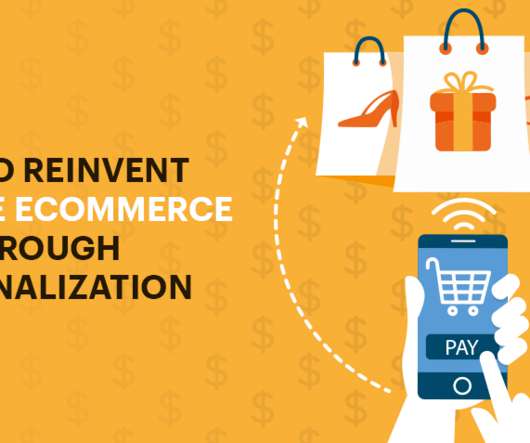How to reinvent Mobile eCommerce App through Personalization
Openxcell
APRIL 14, 2020
According to a Forbes report of “The Clear Path to Personalization ,” a survey conducted for 200 retail marketing executives by Arm Treasure Data to know more about personalization and how it helps in delivering a superior experience. Personalized Survey. And as it is said, happy customers become loyal customers.















Let's personalize your content